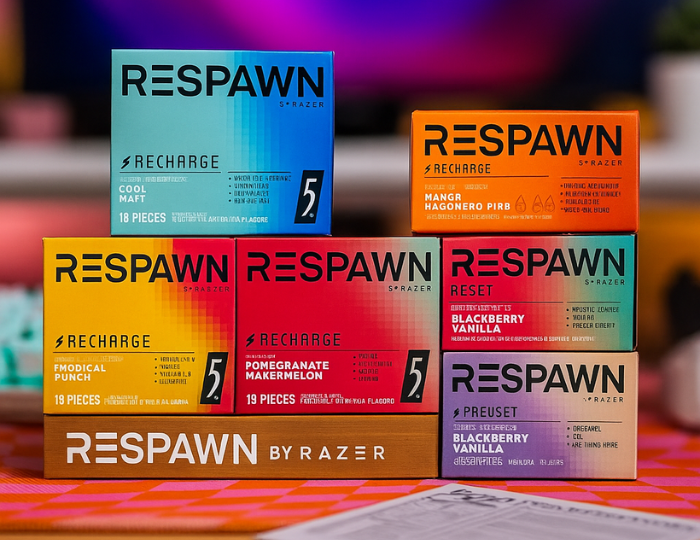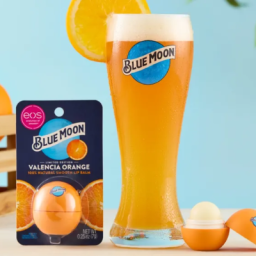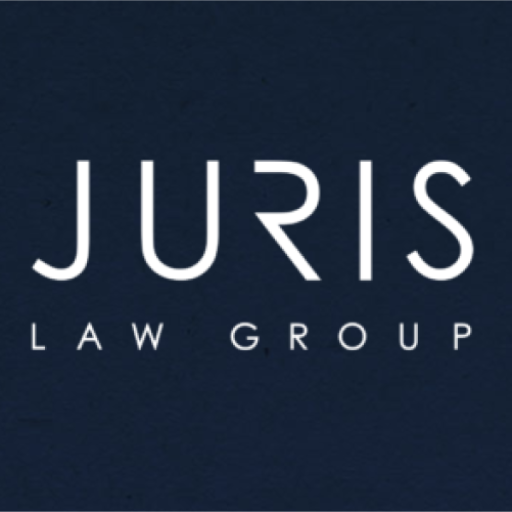
When Mars Wrigley, one of the world’s largest candy and gum manufacturers, announced its continued collaboration with Razer, a gaming lifestyle brand, to develop the RESPAWN brand of gum and mints for gamers, the announcement wasn’t just a marketing stunt. It was the evolution of a successful cross-industry joint venture—one that began as a playful April Fools’ gag and transformed into a commercial product line built on the intersection of consumer packaged goods and performance tech.
The expansion of the RESPAWN line represents more than just novelty branding. It offers a blueprint for how traditional food and beverage companies can create meaningful partnerships with tech-forward brands in emerging consumer segments. For business owners and entrepreneurs, this collaboration offers three key legal and strategic insights:
How to Structure, Negotiate, and Execute Successful Cross-Sector JV Agreements Like Mars and Razer
Joint ventures across industries require more than mutual admiration—they require airtight agreements that anticipate operational realities, brand differences, and consumer expectations.
Why it matters: A collaboration between a tech/performance brand like Razer and a food conglomerate like Mars raises complex issues in manufacturing, product safety, brand messaging, and intellectual property control. Getting the structure wrong can lead to misaligned incentives or reputational risk.
Investor risks & benefits:
- Integration of vastly different corporate cultures and workflows
- Ownership and control over IP created during the venture
- Clear profit-sharing and distribution rights
- Consistency in co-branding and cross-marketing standards
Juris Law Group’s perspective:
- Use a model term sheet to align expectations early on: include sections for product development responsibilities, funding obligations, and exit rights.
- Create a risk matrix for key failure points: quality control, supply chain disputes, brand misuse.
- Incorporate best practices: regular steering committee meetings, cross-functional decision-making protocols, and pre-negotiated marketing review procedures.
The Legal Pitfalls and Benefits When Brands Involve Consumers (Here, Gamers) as Active Product Collaborators
The RESPAWN brand is notable not just for its flavor profile or ingredients, but for the way it taps into gamer culture—an audience that expects to be part of the creative process. Co-creation is a powerful marketing tool, but also a legal minefield.
Themes to consider:
- User-generated content (UGC) campaigns must have clear IP assignment provisions.
- Community agreements should specify rights over feedback, contest entries, or design submissions.
- Disclosures are required when influencers or testers are compensated or when claims are made about product performance.
Legal risks:
- IP disputes over fan-submitted ideas or content
- Platform liability if false claims or unapproved endorsements go viral
- Regulatory violations if endorsements or benefits are not disclosed per FTC guidelines
Proactive strategy: Draft transparent, user-facing terms of service and release agreements. These not only mitigate legal risk but foster community loyalty by setting clear expectations about how fan contributions will be used.
Legal Strategy Behind Extending the Razer or Mars Trademarks into New Categories
When Razer enters the food and beverage market—an industry it has no legacy presence in—through a trademark co-branding deal, the legal implications are substantial. Likewise, Mars must safeguard its brand identity when lending it to a tech-forward product that promises cognitive performance.
Trademark issues at play:
- Dilution risk: Does expanding a performance tech brand into gum weaken its core positioning?
- Territorial limits: Are marks protected globally in the new product class?
- Licensing terms: Who retains enforcement rights? How are breaches handled?
Practical tips:
- Build a trademark readiness framework: Evaluate the strength of each brand’s mark in the new category.
- Include strict brand use guidelines in all JV agreements.
- File defensive trademarks in international classes that cover emerging products—even if launch isn’t immediate.
FAQs: Legal Questions Inspired by the Mars–Razer Partnership
Question 1: What should a brand consider before entering a joint venture across industries? Answer: Brands should evaluate cultural compatibility, define intellectual property ownership, outline performance metrics, and prepare for product liability risks. A detailed term sheet and risk-sharing model are essential starting points.
Question 2: Can user-generated content be legally protected in co-creation campaigns? Answer: Yes, but only if proper IP assignment clauses and usage rights are built into the campaign’s terms and conditions. Without this, brands may lack the right to use or commercialize the content.
Question 3: What are the dangers of co-branding in unfamiliar product categories? Answer: If not managed properly, co-branding can lead to dilution of brand identity, customer confusion, and breach of existing exclusivity agreements. Trademark licensing terms should be tailored for the new category.
Question 4: How can brands protect themselves when launching novelty products with performance claims? Answer: Brands should conduct regulatory pre-clearance, ensure truthful marketing, and implement disclaimers where necessary. Involvement of legal counsel in marketing review processes is key.
Question 5: Do influencer collaborations need special disclosures in cross-industry partnerships? Answer: Absolutely. FTC guidelines require clear, conspicuous disclosure of paid relationships and endorsements. This applies even more in hybrid sectors where traditional food law and digital marketing intersect.
Final Thoughts
The Mars–Razer partnership exemplifies the kind of creative, cross-industry thinking that can define the next wave of product innovation. But behind every successful joint venture lies a complex legal framework that safeguards the collaboration.
Business owners seeking to explore brand partnerships, enter new product categories, or engage consumers through co-creation should work with counsel who understands both the strategic and compliance landscapes. At Juris Law Group, P.C., we help our clients turn bold brand ideas into legally sound ventures—whether it’s gum for gamers or something entirely new.
If you’re considering a JV, licensing deal, or influencer activation, contact our team to ensure your innovation is backed by legal foresight.


